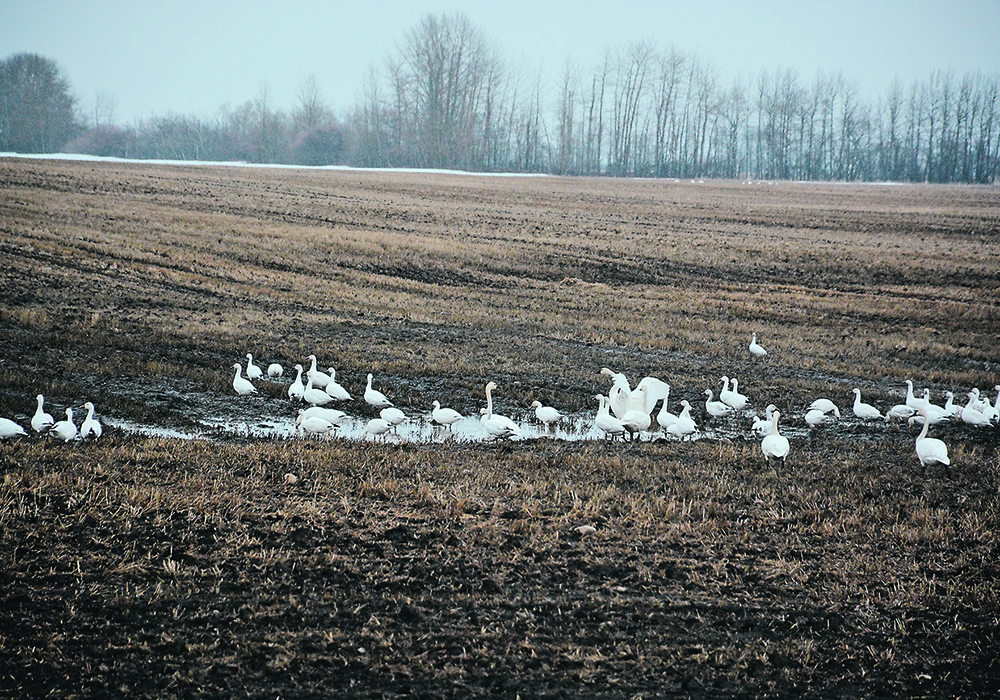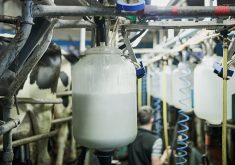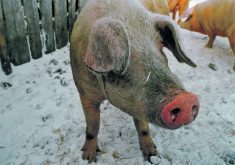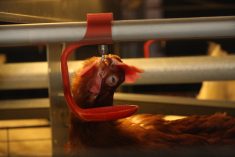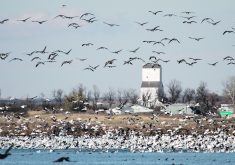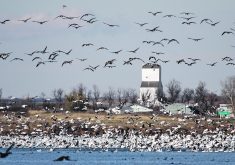Wild birds seen as likely cause as control zones created in British Columbia, Alberta, Saskatchewan, Ontario and Quebec
The numbers of farms and poultry affected by this year’s avian influenza outbreak continues to grow three weeks into the situation.
Thirty-three control zones have been established in Alberta, British Columbia, Saskatchewan, Ontario and Quebec.
Manitoba has now joined that list as well after a poultry flock in the Rural Municipality of Whitemouth was confirmed to have a case on April 23.
More than 700,000 birds have been culled collectively in those provinces with the exception of Quebec, where numbers have yet to be determined in four flocks found to have bird flu infections.
Read Also
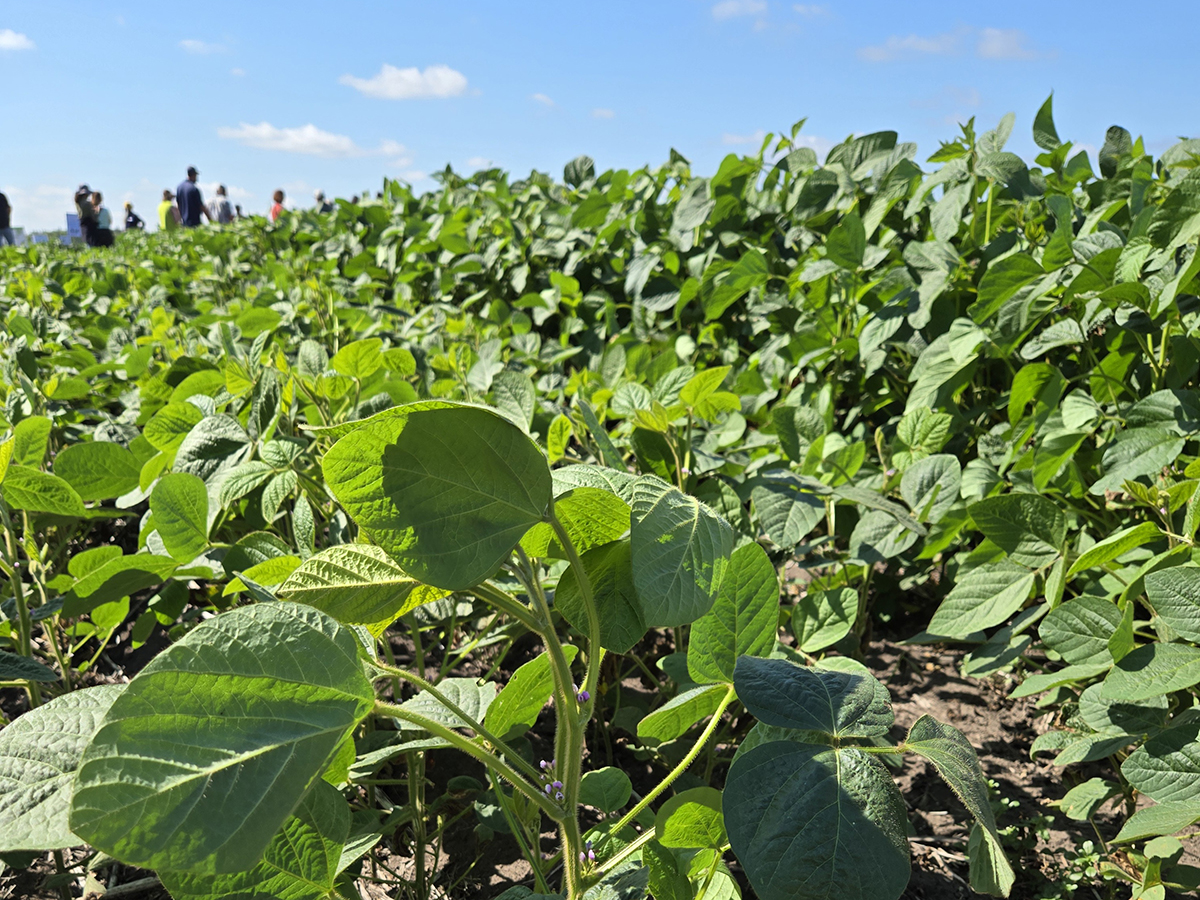
Spider mites big soybean problem this season
Spider mite issues have been geographically limited but significant where they occur, said John Gavloski, an entomologist with Manitoba Agriculture.
Alberta continues to bear the brunt of this year’s outbreak with 340,000 birds destroyed or died from the highly transmissible strain of avian influenza, which has hit 12 commercial and small flocks combined. Ontario has seen a quarter of a million birds affected at 16 farms.
The problem will likely continue until the wild bird spring migration ends. Bird flu has spread across the continent along the most commonly used migratory routes.
Dayna Goldsmith, Alberta regional director for the Canadian Wildlife Health Co-operative, said it’s tough to know for certain but she supports the notion that bird flu originates from wild birds.
“We know the occurrence in commercial poultry is associated with occurrence in wildlife so as migration has been happening — from the east to the west — we’ve seen the same spread happening in commercial flocks,” said Goldsmith.
She warned while things might calm down once the spring migration eases, whether the disease returns when the fall migration starts is unknown.
“Hopefully things will start to settle down as the population gets exposed and the individuals who are going to die, die and the ones that are going to survive, survive,” said Goldsmith, who is a veterinary anatomic pathologist.
For wild birds, Goldsmith said influenza is relatively common, especially in waterfowl, “but this strain is a little bit different. It’s a little more aggressive in causing birds to become sick.”
The number of bird species carrying the pathogen is abnormal, she said, as is the number of raptors being infected.
A burgeoning snow goose population could be one factor in this year’s outbreak, said Goldsmith, pointing to numbers that might not be sustainable, and the possibility that the flu could be a natural response to control wild bird numbers.
“It’s possible this is just part of the normal variation in infectious disease and this is just a bad year for them,” she said.
As for poultry production, Chicken Farmers of Canada said its farmers will be able to meet product demand.
In an emailed response to questions, Roger Pelissero, chair of Egg Farmers of Canada, said there are no current supply chain issues related to the avian influenza outbreak.
“Only three commercial egg farms have been impacted — as in quarantined — because other nearby poultry farms that have tested positive for the highly pathogenic avian Influenza virus,” Pelissero wrote. “But these three egg farms themselves have tested negative.”
Like their supply managed counterparts on the chicken side, Pelissero said the egg industry will rely on the special temporary market requirement quota program to make up shortfalls in production.
While this year’s avian influenza spread is affecting a far wider area than previous localized outbreaks, it’s involving far fewer birds so far compared to the first bird flu infections that hit commercial poultry operations in the Fraser Valley in 2004.
That outbreak affected 17 million birds.


